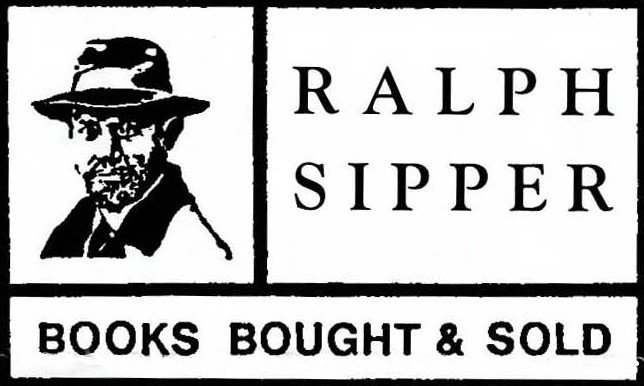 Image 1 of
Image 1 of


[Movies]. Welles, Orson and Herman Mankiewicz. CITIZEN KANE.
Los Angeles: RKO Studios, July 9, 1940. Screenplay bound in pink wrappers. 4to. 156 pages of carbon typescript. The front cover is stamped: "Revised Final Script." The sixth of seven drafts. Among the important changes in the development of the narrative is the deletion of the assassination of the president and Kane's alleged complicity in it. In its place is a newly written scene that expands the celebrated breakfast table montage, compressed to cover a period of nine years through the employment of lighting, special effects, and wardrobe. Perhaps most notable is the instruction that Kane walk down the corridor between facing mirrors when he leaves Susan's smashed-up room after he has destroyed it in an explosive fit of anger. Welles scholar Robert L. Carringer cites this penultimate draft as a most important development in the evolution toward the final shooting script.
This screenplay, then (of which but three or four carbons are possible) contributes immeasurably to a full understanding of "Citizen Kane," widely thought to be the greatest motion picture ever made. Fine, housed in a custom-made cloth flip-flop box with leather label.
Los Angeles: RKO Studios, July 9, 1940. Screenplay bound in pink wrappers. 4to. 156 pages of carbon typescript. The front cover is stamped: "Revised Final Script." The sixth of seven drafts. Among the important changes in the development of the narrative is the deletion of the assassination of the president and Kane's alleged complicity in it. In its place is a newly written scene that expands the celebrated breakfast table montage, compressed to cover a period of nine years through the employment of lighting, special effects, and wardrobe. Perhaps most notable is the instruction that Kane walk down the corridor between facing mirrors when he leaves Susan's smashed-up room after he has destroyed it in an explosive fit of anger. Welles scholar Robert L. Carringer cites this penultimate draft as a most important development in the evolution toward the final shooting script.
This screenplay, then (of which but three or four carbons are possible) contributes immeasurably to a full understanding of "Citizen Kane," widely thought to be the greatest motion picture ever made. Fine, housed in a custom-made cloth flip-flop box with leather label.
Los Angeles: RKO Studios, July 9, 1940. Screenplay bound in pink wrappers. 4to. 156 pages of carbon typescript. The front cover is stamped: "Revised Final Script." The sixth of seven drafts. Among the important changes in the development of the narrative is the deletion of the assassination of the president and Kane's alleged complicity in it. In its place is a newly written scene that expands the celebrated breakfast table montage, compressed to cover a period of nine years through the employment of lighting, special effects, and wardrobe. Perhaps most notable is the instruction that Kane walk down the corridor between facing mirrors when he leaves Susan's smashed-up room after he has destroyed it in an explosive fit of anger. Welles scholar Robert L. Carringer cites this penultimate draft as a most important development in the evolution toward the final shooting script.
This screenplay, then (of which but three or four carbons are possible) contributes immeasurably to a full understanding of "Citizen Kane," widely thought to be the greatest motion picture ever made. Fine, housed in a custom-made cloth flip-flop box with leather label.
